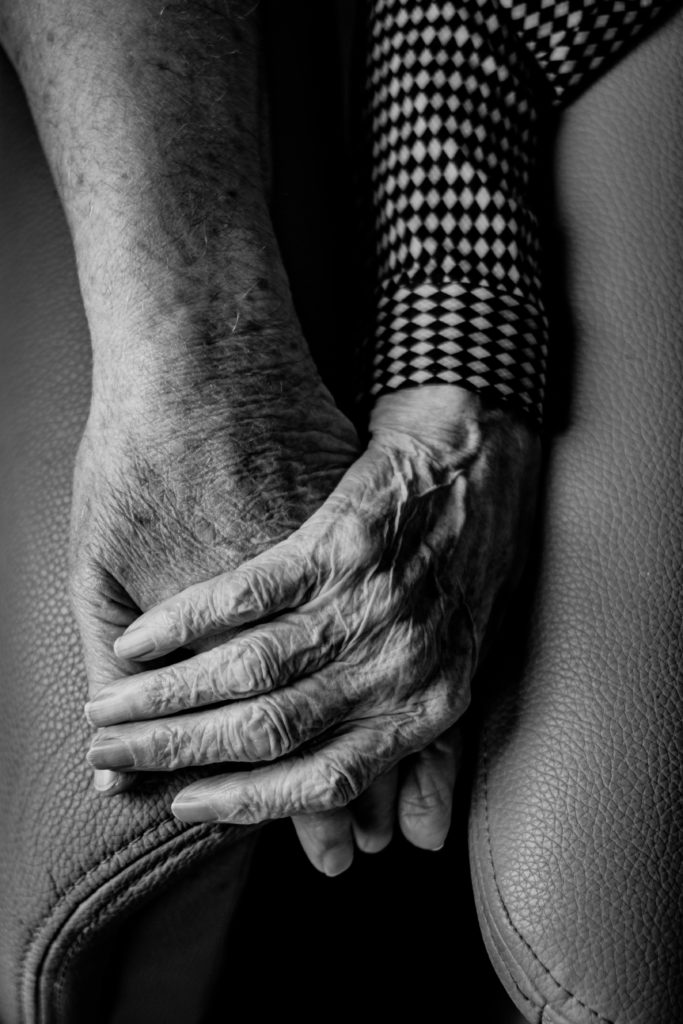20 February 2023
This summer I worked my first job as a Certified Nursing Assistant at a state nursing home in a predominantly white suburb of Philadelphia. This would be my first patient contact experience in healthcare, but I learned more about society and the healthcare system from the people I worked with than the residents I took care of.
As an aide I would be responsible for bathing, transferring, toileting, and feeding my assigned residents on the dementia floor of this nursing home in my 7am-3pm shift. Everyday I worked alongside a team of nurses and aides, of which the majority were from the African country of Sierra Leone. Other than the activities director, I was the only non-black worker on the floor last summer.
One common occurrence last summer was the way coworkers rotating on the same floor as me would assume that I was the nurse. I wore a surgical mask, scrubs and dirty shoes like every other aide, no makeup, and no jewelry, so this was probably based on my phenotypic differences from the other workers. The difference in my appearance other than my size and age were my straight hair and my biracial tan skin tone.
…coworkers rotating on the same floor as me would assume that I was the nurse.
Still, at least twice a week, a coworker would begin asking me a medical question, and I would quickly cut them off and direct them to the nurse on the floor.

This was a firsthand experience seeing how racial differences are associated with higher status even to people of color and in health care. While this assumption was not an insult to me, it was showing her internal bias that a black person such as herself would have a job that requires less education and a non-black person would have a job requiring a higher degree.
From the beginning, I struggled at the physical demands of this job. I would need to ask for help, adding to my workload of my coworkers who would reluctantly assist me. At the end of the first week they made it clear they did not think I would be able to do this job. Little by little I gained the trust of my coworkers that I would be able to handle a full workload as they do, turning obese residents and working efficiently enough to care for thirteen plus residents at a time.
I remember one day a coworker, an African aide, asking me about my ethnicity. I told her my dad was born in the Philippines and my mother was white. I remember her saying, “Oh that is why you are so beautiful, your mother is white.” Later in the conversation she confided to me how stressful this job is for her, and further how she believes this job is ‘meant for black people.’
“Oh that is why you are so beautiful, your mother is white.”
I remember not knowing how to respond, but I later understood why my abilities were underestimated when I first started. I think my coworkers could not grapple with someone from a non-black race sharing their same workload.
Both of these occurrences remind me of the Desmond and Emirbayer article that describes this “internalized racism” in which “people of color often internalize prejudice at their own racial group, unintentionally contributing to the reproduction of racial domination” (Desmond and Emirbayer, 2009: 346). The racial based comments my coworkers made were never offensive, showing how society gives my half-whiteness a higher, respectable status.
As seen in the US Health Care System Profile, “There is no universal coverage for long term care services” for Medicare or private insurance users. Public spending in the United States for long term care facilities, such as the state nursing home where I worked, represents “approximately 70 percent of total spending on long-term care services, with Medicaid accounting for the majority” (Tikkanen et al., 2020). The lack of funding for workers at this nursing home would be one of its biggest problems.

Three to five aides would be on a floor and have to provide for fifty-five residents of which the majority needed total assistance, making this job nearly impossible to give each person the care and attention they deserved. The lack of funding to nursing homes like this shows in the lack of supplies available to our residents, hurting their quality of care. Lack of funding also contributes to the low wages for both aides and nurses that would often work doubles, 7am-11pm multiple times a week. While I enjoyed the sense of accomplishment I got from my job, I did not have the stamina to do what they did.
Three to five aides would be on a floor and have to provide for fifty-five residents of which the majority needed total assistance, making this job nearly impossible
The stress and burnout of this job that I noticed in my coworkers manifested itself in habits and physical appearances. One thing I noticed about my coworkers was how common it was for the aides to use their fifteen minute break to smoke cigarettes, as well as how many of the aides and nurses I worked with were experiencing obesity. As seen in the Remote Area Medical movie, smoking is a way to cope with stress, and the nature of the job and the long hours worked certainly contributed to the need for this coping mechanism.
I came to view these habits not as the culmination of ignorance to health risks, but rather a coping strategy to work related stresses. The Zola article described the over medicalization of conditions in society deemed pathological (Zola, 1976). While I do not deny the biological basis for conditions such as obesity, the over medicalization of obesity puts the fault on the individual and overlooks the underlying societal factors in one’s environment that contribute to these health conditions.
I came to view these habits not as the culmination of ignorance to health risks, but rather a coping strategy to work related stresses.
In this work environment I saw how my coworkers experienced stress, a lack of sleep and a lack of time and ability to care for their physical needs due to their financial need to work overtime. Society would first question an obese person’s eating habits, rather than how lack of sleep (Beccuti et al., 2011) and stress (Van der Valk et al., 2018) can contribute to one’s experience of obesity.
The summer I was able to experience firsthand how systemic factors contribute to people’s health and bolster the effects of internal racism and over medicalization. To me, improving long term care conditions for both providers and residents, and solving the cycle of internal racism is multifaceted. The combination of lack of funding and coverage from Medicaid and Medicare (respectively), the lack of enforced legal restrictions on how many residents an aide can provide for at a time, and the lack of coverage for a high proportion of black women working in healthcare (Dickman et al. 2017) are all systemic factors that contribute to the health of black women in healthcare.
Works Cited
Beccuti, G. and Pannain, S. (2011). Sleep and Obesity. National Center for Biotechnology
Information. https://www.ncbi.nlm.nih.gov/pmc/articles/PMC3632337/.
Desmond M. and Emirbayer M. (2009). What is Racial Domination?
Dickman, S., Himmelstein, D., Woolhandler, S. (2017). Inequality and health-care systems in the USA. The Lancet. https://www.thelancet.com/journals/lancet/article/PIIS0140-6736(17)30398-7/fulltext
Reichert, J. and Zaman, F. (2013). Remote Area Medical. IMDb.
Tikkanen, R., Osborn, R., Mossialos, E., Djordjevic, A., Wharton, G. (2020). International Health Care System Profiles: United States. The Commonwealth Fund.
Van der Valk, E., Savas, M., van Rossum, E., (2018). Stress and Obesity: Are There More Susceptible Individuals? National Center for Biotechnology. https://www.ncbi.nlm.nih.gov/pmc/articles/PMC5958156/#:~:text=The%20Interplay%20Between%20the%20Stress%20System%20and%20Obesity&text=High%20levels%20of%20cortisol%20can,to%20abdominal%20obesity%20%5B4%5D
Zola, I., (1976). Medicine as an Institution of Social Control.
